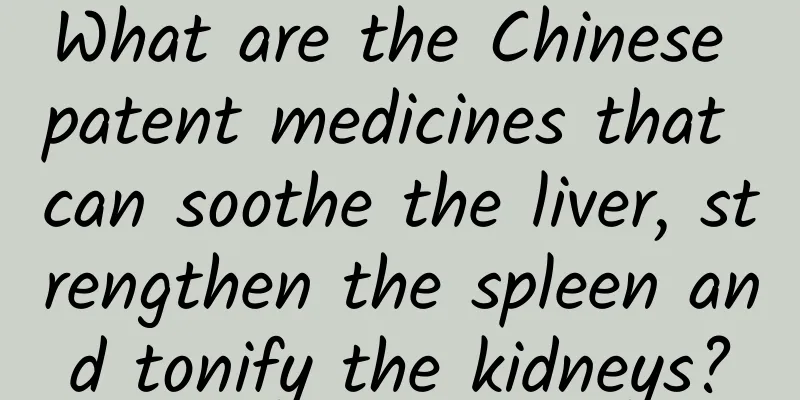What to do if you have arrhythmia? Expert recommended treatment

|
Arrhythmia is a type of heart disease. Arrhythmia can cause patients to experience irregular heartbeats and difficulty breathing, so arrhythmia must be treated in a timely manner. Some drugs are very effective in treating arrhythmia, but it depends on the condition of the disease. 1. General treatment currently includes increasing myocardial autonomy and/or accelerating conduction through Western medicines such as isoproterenol and atropine , and non-drug therapies such as pacemakers, defibrillators, and radiofrequency ablation. In some cases, methods such as compressing the eyeballs, massaging the carotid sinus, pinching the nose to exhale forcefully, and holding the breath can also relieve arrhythmias by reflexively stimulating the vagus nerve. 2. Commonly used antiarrhythmic drugs There are nearly 50 kinds of antiarrhythmic drugs currently in clinical use , and there is still no unified classification standard. Most scholars agree that antiarrhythmic drugs should be divided into the following four categories based on their different effects on the heart to guide rational clinical drug use. Class I drugs are further divided into three subcategories: A, B, and C. (1) Class I, i.e. sodium channel blockers. 1) Class IA moderately blocks sodium channels, including drugs such as quinidine. 2) Class IB mildly blocks sodium channels, including drugs such as lidocaine. 3) IC and class I obviously block sodium channels, and drugs of this class include flecainide and others. (2) Class II: β-adrenergic receptor blockers, which are effective because they block β-receptors. The representative drug is propranolol. (3) Class III: drugs that selectively prolong the repolarization process, including amiodarone. (4) Class IV, namely calcium antagonists. They block calcium channels and inhibit Ca2+ influx. Representative drugs include verapamil. Long-term use of antiarrhythmic drugs has side effects to varying degrees, severe cases of which can cause ventricular arrhythmias or heart block and be fatal. Therefore, during clinical application, the indications should be strictly followed and adverse reactions should be noted so that emergency response can be prepared at any time. |
<<: What does positive white blood cell count mean? Inflammation of the urinary system
>>: What diseases can high white blood cell count cause? Consequences of high white blood cell count
Recommend
Will it be painful the first time having sex after giving birth?
Most men and women have sex after marriage with t...
Does proteinuria mean nephritis? A comprehensive inspection is still needed
Many people find proteinuria 1+ during routine ch...
What is hemp seed?
Huorenma is also called hemp seed, hemp thread, h...
Can lung washing remove tobacco poison?
Smoking is harmful to health. The toxicity of smo...
Cough asthma precautions
Asthma is a very common disease. Many people shou...
How to use cupping to treat facial paralysis
How to treat facial paralysis with cupping? Tradi...
White mucus in stool
Although feces sounds like a disgusting word, it ...
Symptoms of ureteritis in women
Urethritis in women is generally an inflammatory ...
Bone marrow puncture site
I believe that many people do not know where the ...
What to do when you feel anxious and palpitating
Many people will encounter the problem of palpita...
What is the medicinal value of Albizzia julibrissin
The bark of Albizia Julibrissin can be cut into s...
Left parietal lobe infarction
Cerebral infarction has now become a killer that ...
Can I eat mooncakes if I have a cold?
The Mid-Autumn Festival is approaching soon. Moon...
Acne on face during pregnancy
Pregnancy is a very happy thing, but at the same ...
What is eosinophilic blood disease
Eosinophilic hematopathy is a relatively rare blo...









